Fuji Electric BU22-2C User manual
Other Fuji Electric Inverter manuals
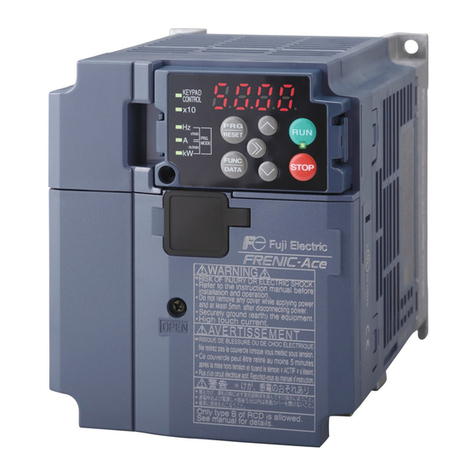
Fuji Electric
Fuji Electric FRENIC-Ace series User manual
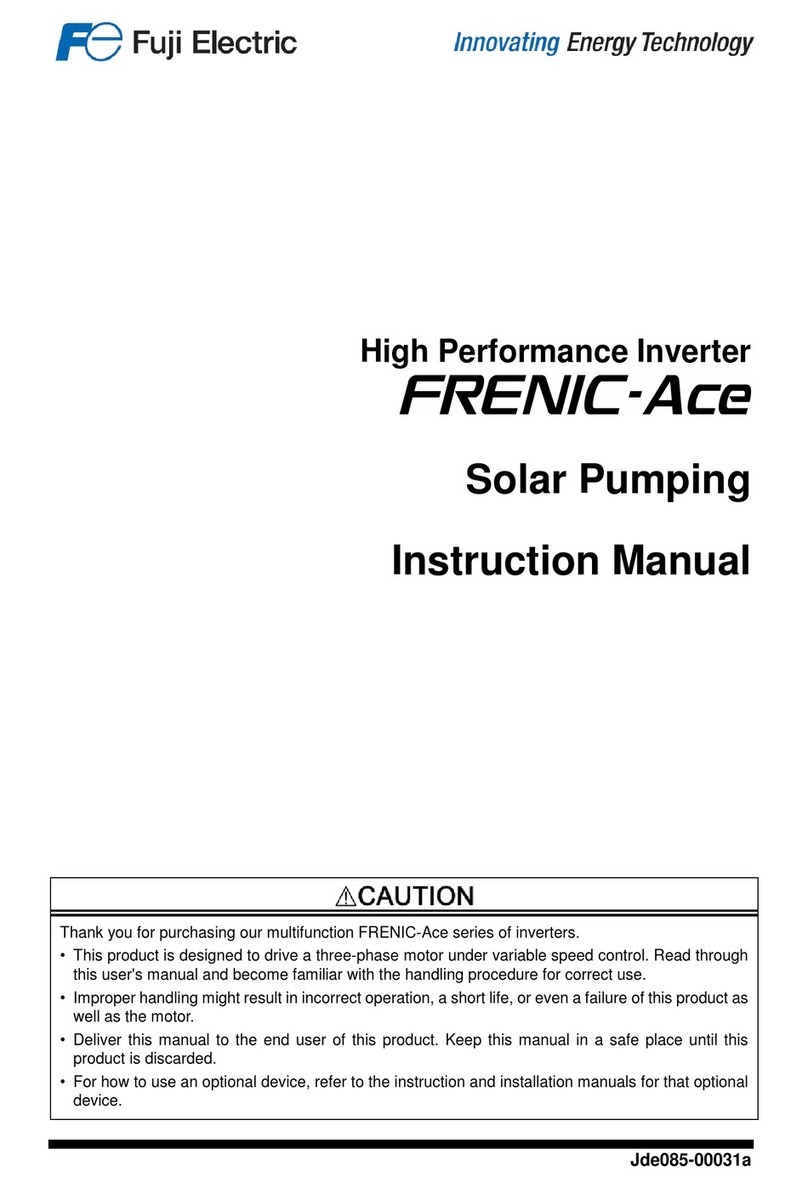
Fuji Electric
Fuji Electric Frenic-Sce User manual
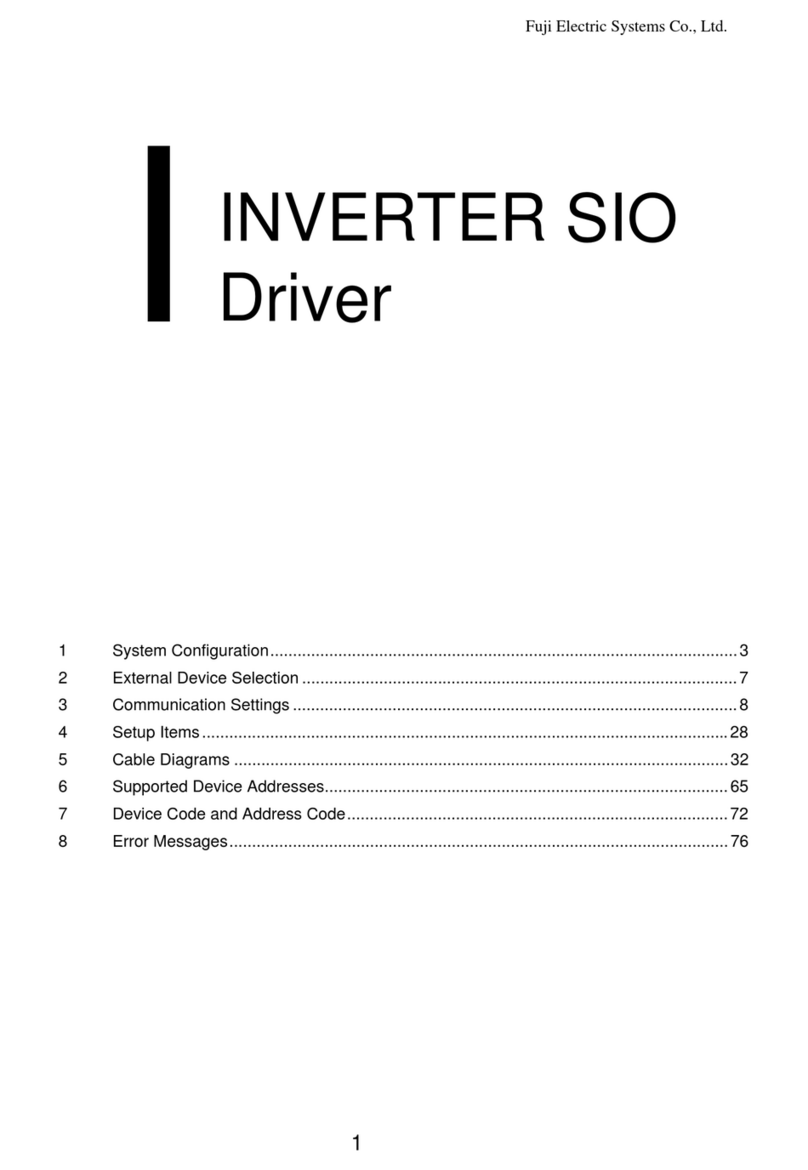
Fuji Electric
Fuji Electric SIO User manual

Fuji Electric
Fuji Electric Frenic User manual
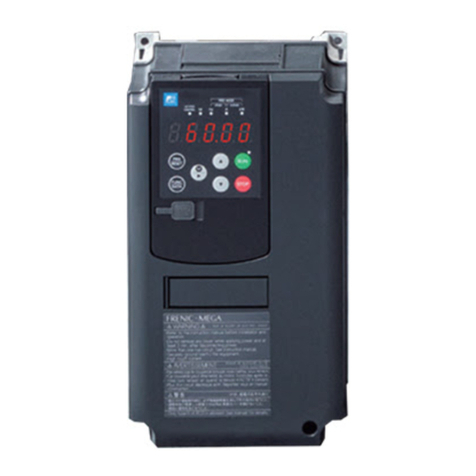
Fuji Electric
Fuji Electric FRENIC MEGA G2 Series User manual
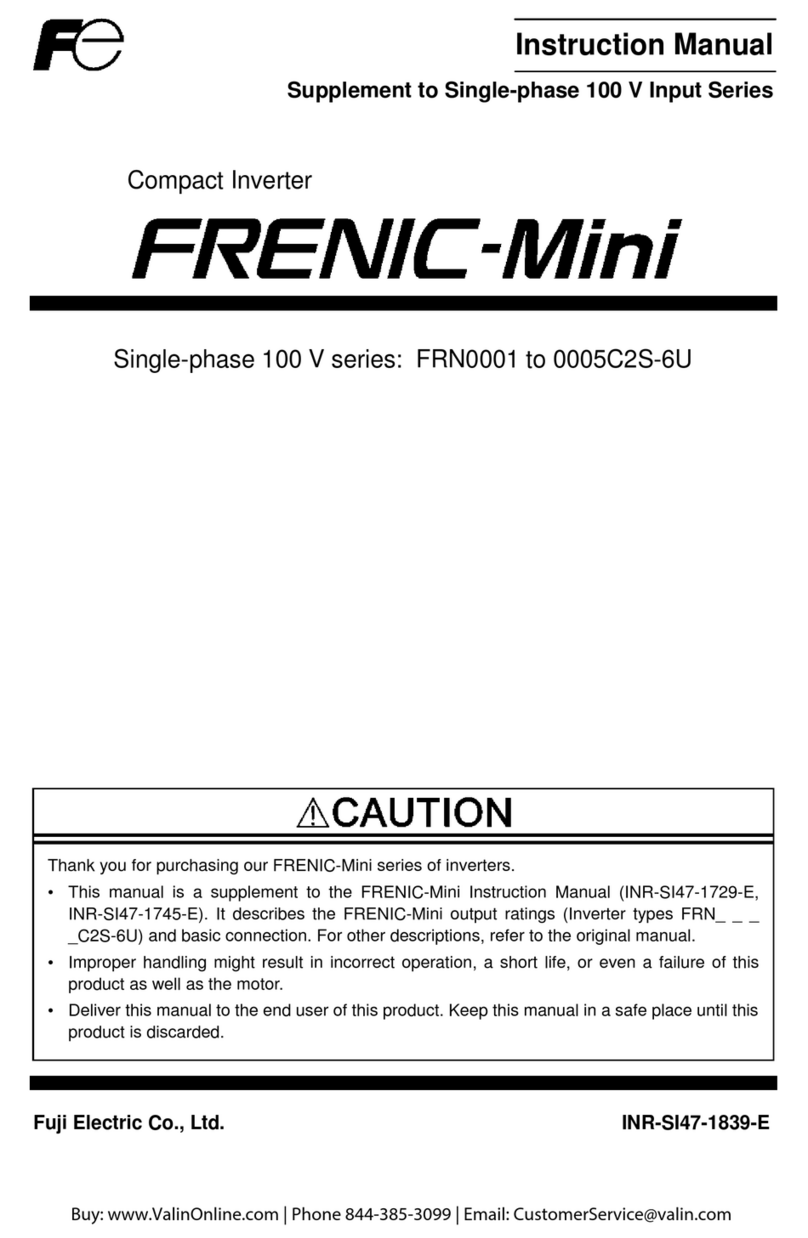
Fuji Electric
Fuji Electric FRENIC-Mini 100 V Series User manual

Fuji Electric
Fuji Electric Frenic Mega Series User manual
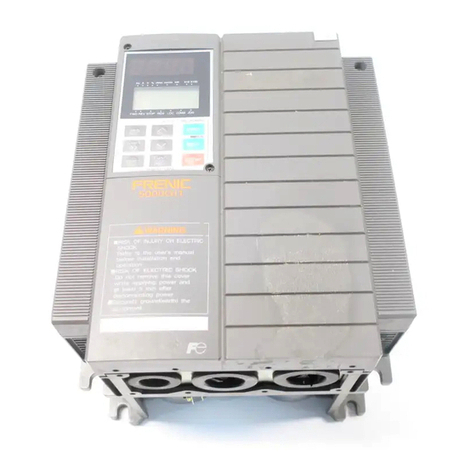
Fuji Electric
Fuji Electric frenic 5000g11s User manual

Fuji Electric
Fuji Electric frenic-hvac User manual
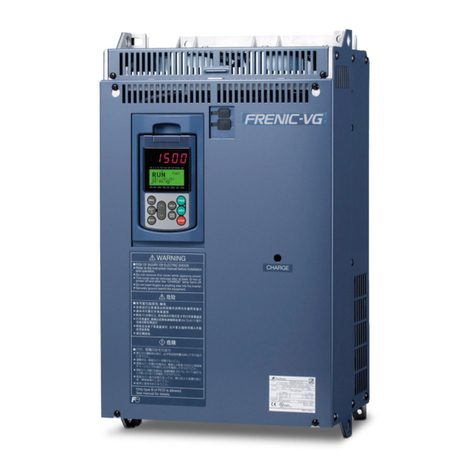
Fuji Electric
Fuji Electric FRENIC-VG Series User manual
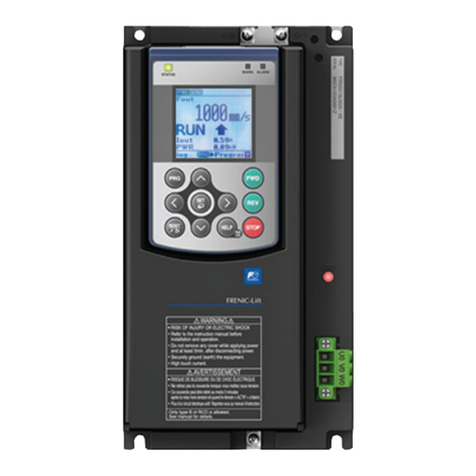
Fuji Electric
Fuji Electric FRENIC-Lift LM2A Series User manual

Fuji Electric
Fuji Electric FRENIC-Lift series User manual

Fuji Electric
Fuji Electric Frenic Mega Series User manual

Fuji Electric
Fuji Electric FRENIC-AQUA series User manual
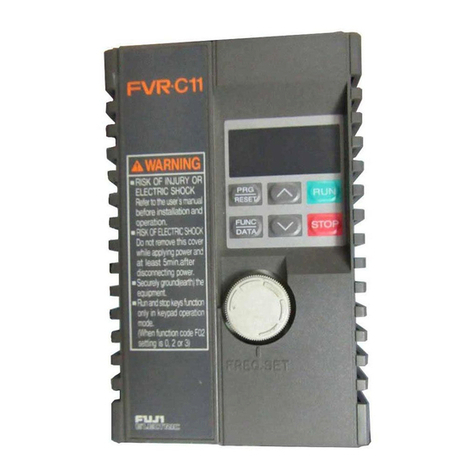
Fuji Electric
Fuji Electric FVR-C11S-7EN Series User manual
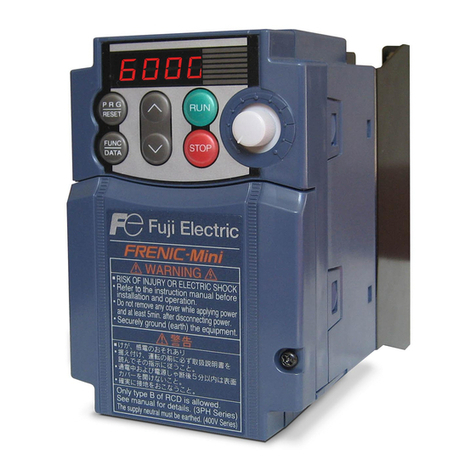
Fuji Electric
Fuji Electric Frenic-Mini User manual

Fuji Electric
Fuji Electric FRENIC5000P11S Series User manual
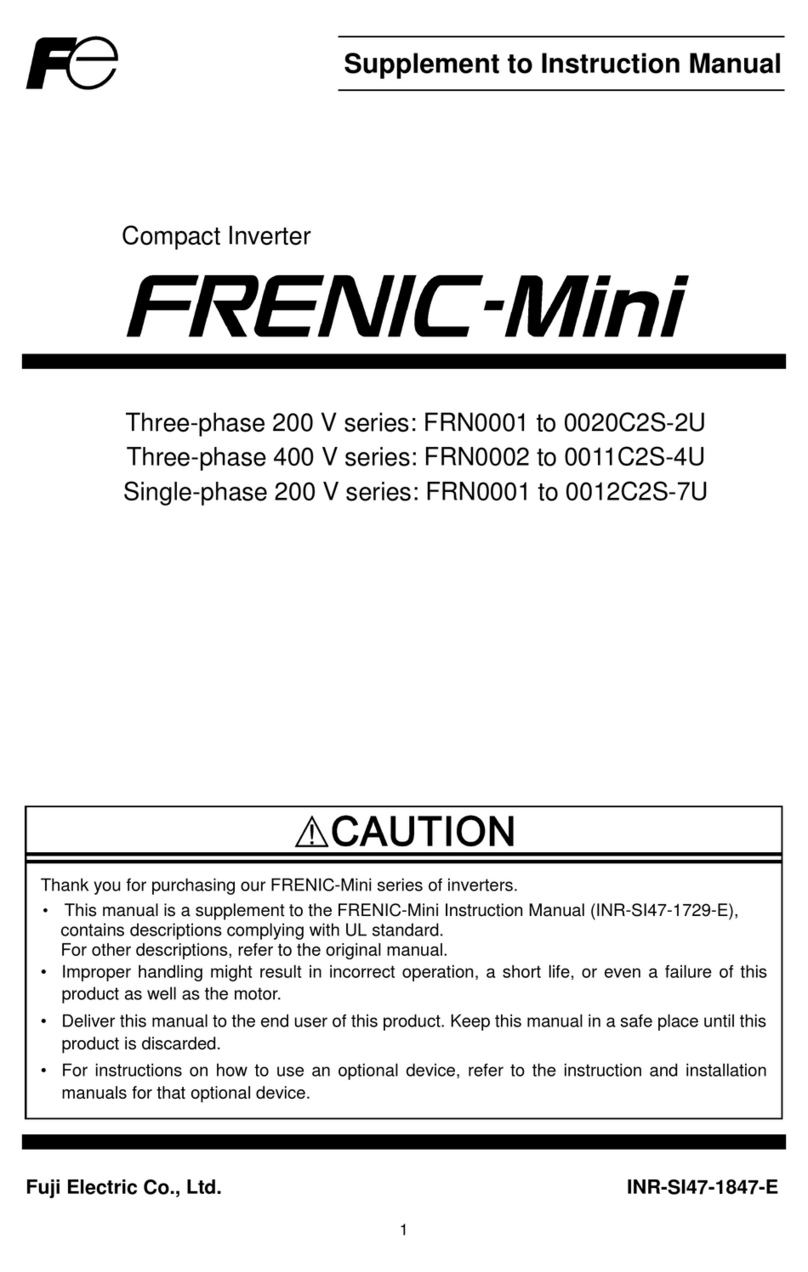
Fuji Electric
Fuji Electric Frenic-Mini Owner's manual

Fuji Electric
Fuji Electric Frenic lift How to use
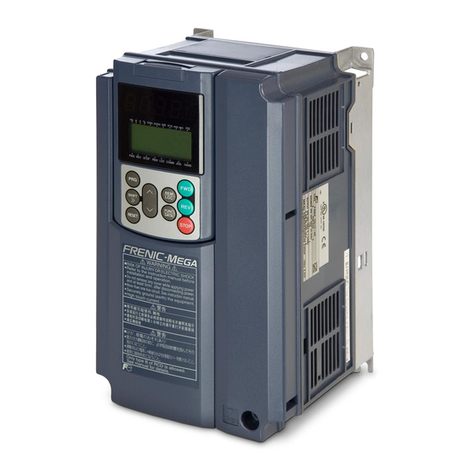
Fuji Electric
Fuji Electric FRENIC-MEGA User manual
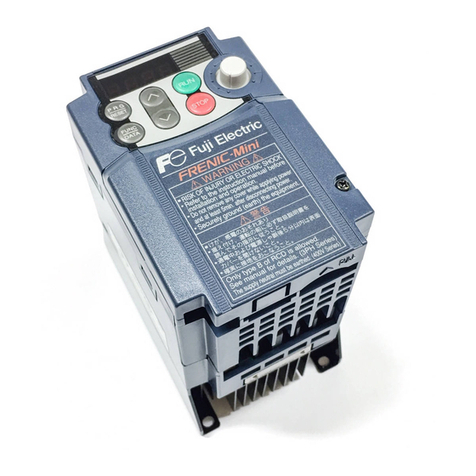
Fuji Electric
Fuji Electric FRENIC-Mini (C2) User manual
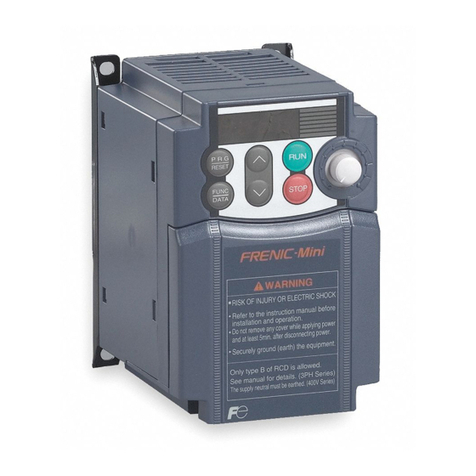
Fuji Electric
Fuji Electric FRN0001C2S-2AFRN0002C2S-2AFRN0004C2S-2AFRN0006C2S-2AFRN0010C2S-2AFRN0012C2S-2AFRN0020C2S-2AFRN0025C2S-2AFRN0033C2S-2AFR User manual

Fuji Electric
Fuji Electric frenic mini series User manual
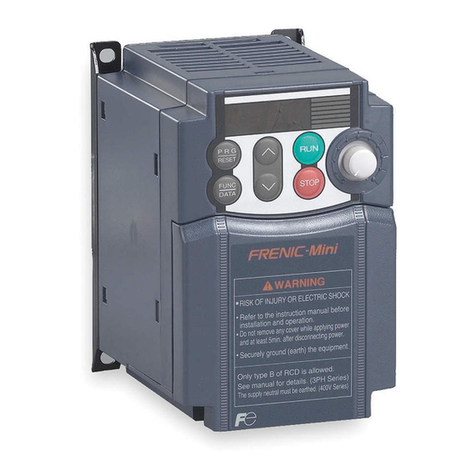
Fuji Electric
Fuji Electric Frenic Mini FRNF12C1S-2U User manual
Popular Inverter manuals by other brands

BARRON
BARRON EXITRONIX Tucson Micro Series installation instructions

Baumer
Baumer HUBNER TDP 0,2 Series Mounting and operating instructions

electroil
electroil ITTPD11W-RS-BC Operation and Maintenance Handbook

Silicon Solar
Silicon Solar TPS555-1230 instruction manual

Mission Critical
Mission Critical Xantrex Freedom SW-RVC owner's guide

HP
HP 3312A Operating and service manual





















